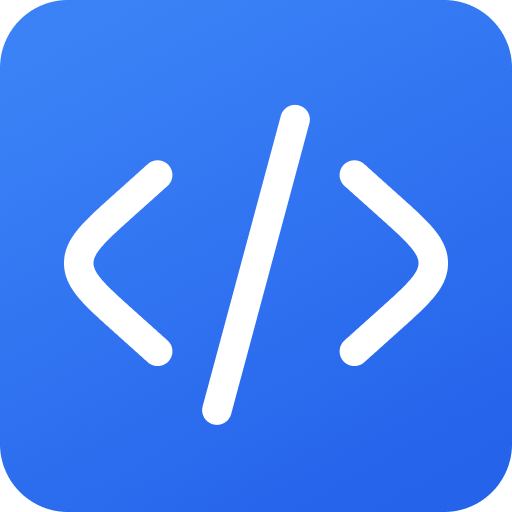The method
Use this prompt series to create tailored ad copy for retargeting campaigns. Feed in specific user data, like pages visited and products viewed, to generate highly relevant and engaging ads. Input the product and the user behavior. Use in Google Ads, Meta Ads, etc.
The prompts
Prompt 1
You are an expert advertising copywriter. Your task is to write retargeting ad copy for users who viewed [product name] on our website but didn't purchase. The goal is to persuade them to return and complete their purchase. Here's some information about the user's browsing history: They viewed the [product name] product page twice, spent an average of 3 minutes on the page, and also looked at related products like [related product 1] and [related product 2]. Use this information to create three different ad variations. Each ad should be concise (under 30 words), highlight the benefits of [product name], and include a clear call to action. Variation 1 should focus on scarcity, Variation 2 on value, and Variation 3 on social proof. Ensure the tone is friendly and persuasive.
Prompt 2
Act as a marketing expert specializing in retargeting strategies. Given the following user journey: A visitor landed on our website from a search ad related to [service/product category]. They explored three different [service/product] pages: [page 1 URL], [page 2 URL], and [page 3 URL]. They spent approximately 5 minutes on the site but didn't convert. Design a multi-channel retargeting campaign strategy outline. Include examples of targeted ad copy for each channel: a) Display ads (3 variations, focus on benefits and urgency), b) Email retargeting (2 subject lines and brief body copy, offer exclusive discount), and c) Social media ads (2 variations, use customer testimonials or engaging visuals). The tone should be personalized and address the user's potential needs. For each channel, describe the ideal timing and frequency of retargeting efforts. Conclude with measurable KPIs to track the campaign's success.
